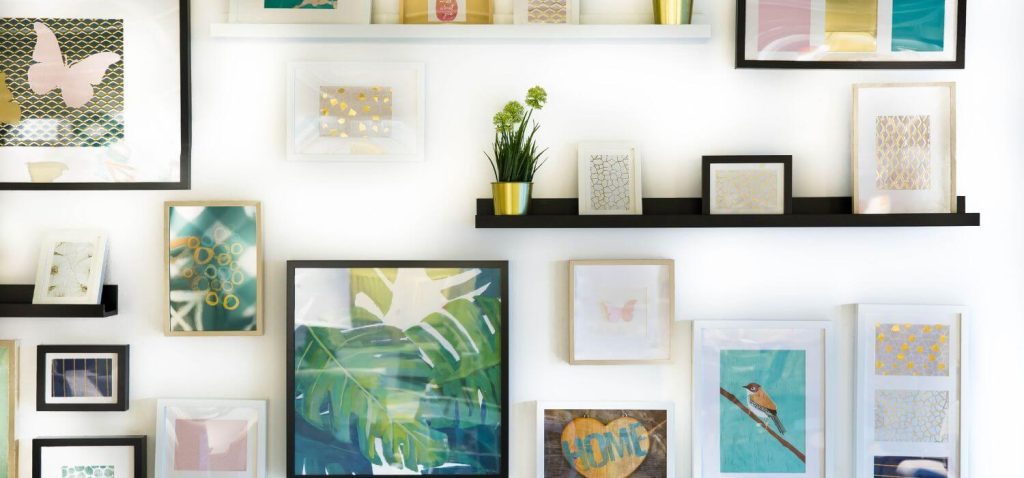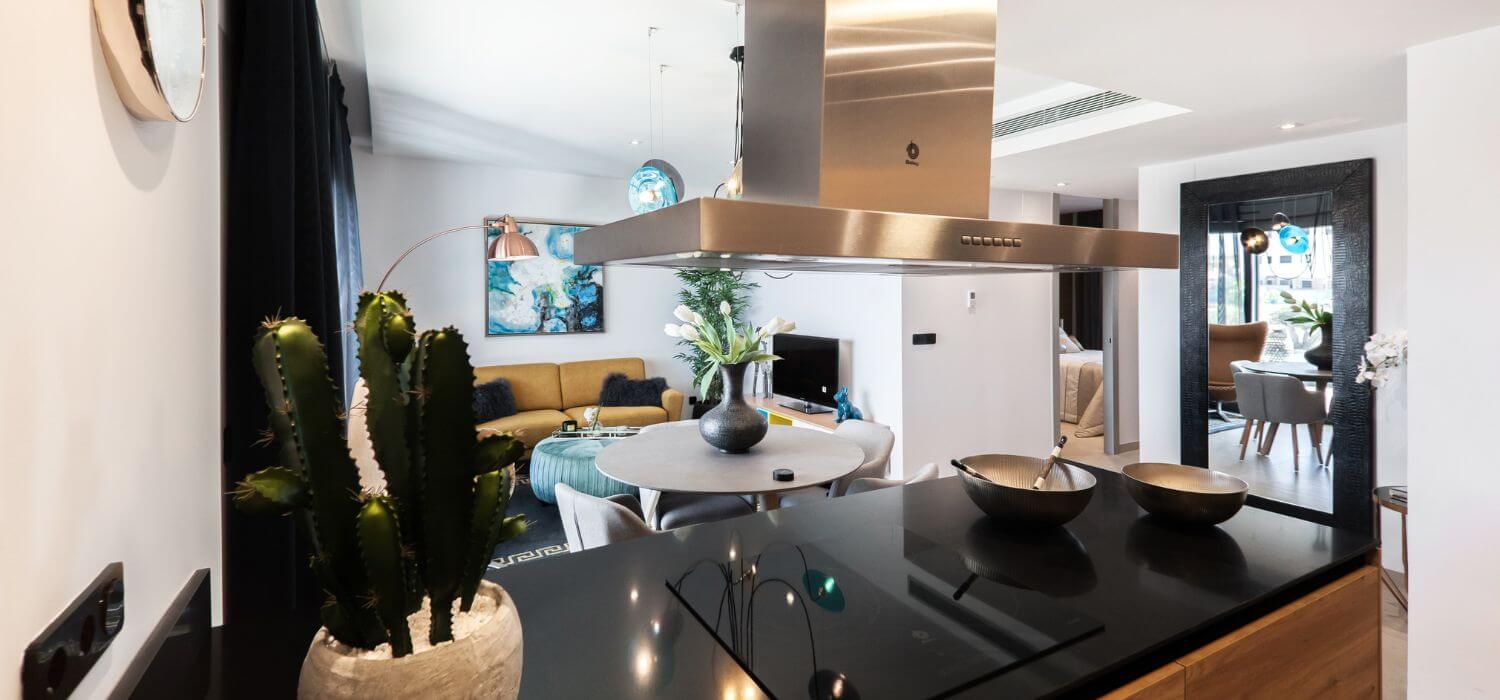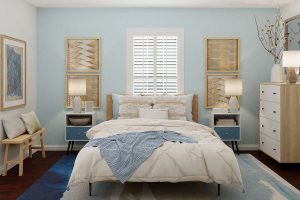As people become more adventurous with home decor, mixing metals has become increasingly popular. Mixing metals is a fun and creative way to add visual interest and depth to a room. However, some people may be hesitant to try it out of fear of clashing or not knowing where to start. In this article, we will explore whether you can mix metals in home decor and provide some tips on how to do it successfully.
1. What is Mixing Metals in Home Decor?
Mixing metals in home decor is the practice of using different metals together in the same room. This can include anything from light fixtures and cabinet hardware to furniture and decorative accessories. The metals can be different colors, textures, and finishes.
2. The Benefits of Mixing Metals
Mixing metals in home decor can have several benefits. First and foremost, it can add visual interest and depth to a room. By combining different metals, you can create a unique and personalized look that reflects your style.
Mixing metals can also make a room feel more cohesive. When done correctly, it can tie together different design elements and create a sense of harmony. Additionally, it can help you to create a more balanced and dynamic space.
3. The Do’s and Don’ts of Mixing Metals
While mixing metals can be fun and creative, there are some do’s and don’ts to keep in mind. Here are a few guidelines to follow:
Do:
- Choose a dominant metal: Start by selecting one metal to be the dominant metal. This will help to anchor the room and create a cohesive look.
- Use a unifying element: Use a unifying element, such as a particular finish or texture, to tie the different metals together.
- Pay attention to scale: Mix metals of different scales to create visual interest.
- Mix warm and cool tones: Mixing warm and cool metals can create a balanced look.
- Mix different textures: Combining metals of different textures can add depth and dimension to a room.
Don’t:
- Use too many metals: Using too many metals can make a room feel cluttered and chaotic.
- Mix metals with clashing finishes: Avoid mixing metals with finishes that clash with one another.
- Be too matchy-matchy: Avoid using metals that are too similar, as this can create a monochromatic look.
4. Tips for Mixing Metals in Home Decor
If you’re ready to start mixing metals in your home decor, here are some tips to help you get started:
Tip #1: Choose a Dominant Metal
As mentioned earlier, choosing a dominant metal is key to successfully mixing metals in home decor. This will help to create a cohesive look and prevent the room from feeling too busy. When choosing a dominant metal, consider the other elements in the room and select a metal that will complement them.
Tip #2: Use a Unifying Element
Using a unifying element, such as a particular finish or texture, can help to tie different metals together. For example, you could mix appliance handles with a brushed nickel finish and light fixtures with a similar brushed nickel finish. This will create a sense of harmony and balance in the room.
Tip #3: Pay Attention to Scale
Mixing metals of different scales can create visual interest and add dimension to a room. For example, you could mix a large brass coffee table with smaller copper accent pieces. This will create a dynamic and layered look.
Tip #4: Mix Warm and Cool Tones
Mixing metals of different colors and finishes can create a balanced look. For example, you could mix warm-toned brass with cool-toned silver. This will add depth and dimension to the room.
Tip #5: Mix Different Textures
Combining metals of different textures can add interest and depth to a room. For example, you could mix a smooth stainless steel light fixture with a hammered copper vase. This will create a unique and personalized look.

5. Common Metal Pairings
While there are endless metal combinations to choose from, there are a few that are particularly popular in home decor. Here are some common metal pairings:
- Brass and copper
- Gold and silver
- Bronze and nickel
- Black and gold
6. Mixing Metals in Different Rooms
While mixing metals can work in any room, there are some tips to keep in mind for specific spaces. Here are some ideas for mixing metals in different rooms:
Living Room
In the living room, consider mixing metals in the lighting, coffee table, and decorative accessories. For example, you could mix a brass floor lamp with a silver side table and a copper vase.
Kitchen
In the kitchen, mixing metals in the cabinet hardware, light fixtures, and appliances can add visual interest. For example, you could mix stainless steel appliances with brass cabinet hardware and a black pendant light.
Bedroom
In the bedroom, consider mixing metals in the light fixtures, bedding, and decorative accessories. For example, you could mix a gold table lamp with a silver throw pillow and a bronze picture frame.
Bathroom
In the bathroom, mixing metals in the faucets, light fixtures, and towel racks can add visual interest. For example, you could mix a chrome faucet with a brass light fixture and a copper towel rack.
7. Conclusion
Mixing metals in home decor is a fun and creative way to add visual interest and depth to a room. By following some simple guidelines, such as choosing a dominant metal and using a unifying element, you can create a cohesive and personalized look. So, don’t be afraid to mix metals and experiment with different combinations!
8. FAQs
Can you mix gold and silver in home decor?
Yes, mixing gold and silver can create a balanced and sophisticated look.
How many metals should I mix in a room?
Avoid using too many metals in a room, as this can make the space feel cluttered. Stick to two or three metals to create a cohesive look.
Can I mix metals in a small room?
Yes, mixing metals can work in any size room. Just be sure to pay attention to scale and avoid using too many metals.



